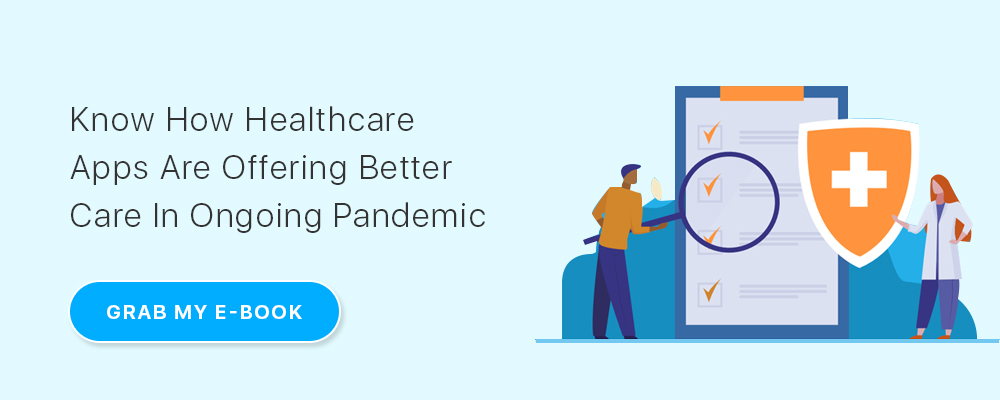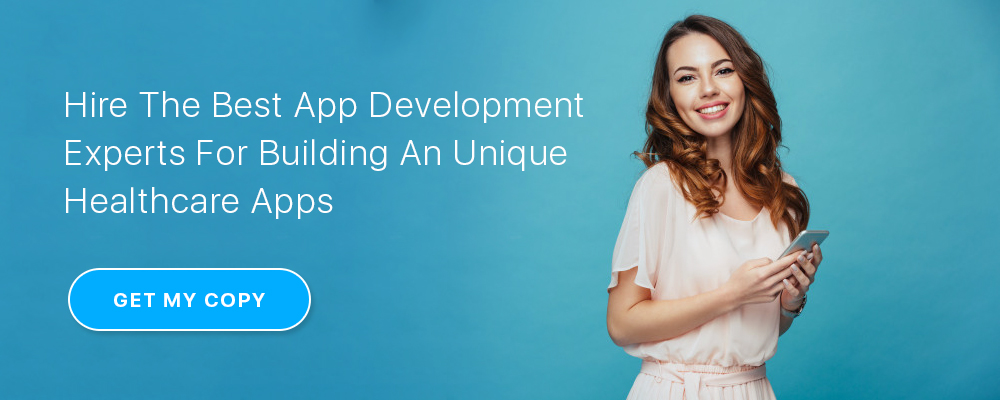How To Develop A Healthcare App In 2020: Check Out The 9-Step Guide
Healthcare costs are increasing across the world. Consumers are struggling to get quality healthcare services even after paying a huge amount of money.
There are three basic reasons why users are not getting the desired healthcare services. Most users often don’t get the information, contact details, or access to the right doctors. In a large number of cases, users miss preventive care because of the lack of proper guidance. The healthcare cost shoots up because of insurance cost, a wide array of complexities involving health treatments, and bureaucratic inefficiencies.
However, everything’s not lost yet. Consumers can still receive high-quality healthcare services by connecting directly to doctors and medical professionals. This can be facilitated by mobile healthcare apps.
Healthcare apps have become more relevant in our lives as we struggle through the COVID-19 pandemic. Whether it is Remote Patient Monitoring (RPM), telemedicine, or AI, mHealth (mobile health) has got a shot in the arm in 2020. Do you want to grab this opportunity? Learn how to develop a healthcare app.
Healthcare Mobile Apps Trends & Projections

Before checking out how to develop a healthcare app, let’s first check some healthcare mobile apps trends and future projections of the market.
- The global mHealth solutions market is projected to grow by 33.3% during 2020-2025 from US$50.8 billion in 2020 to US$213.6 billion in 2025 as per research done by marketsandmarkets. This significant growth is expected because of the growing adoption of smartphones, tablets, AI, and other mobile platforms, rising lifestyle disorder incidences, and increasing penetration of 3G/4G/5G networks.
- According to CB Insights, telehealth funding saw a 300% jump in Q1 2020 in comparison to Q4 2019. The market players will experience significant growth opportunities in 2020 and beyond.
- Accenture has recently published a report “Losing Patience: Why Healthcare Providers Need to Up Their Mobile Game”. Consumer mobile health apps provided by 66 of the 100 largest hospitals in the United States fail to offer their customers their preferred services. That’s why only 2% of the patients actually use these healthcare apps.
The main reason why most of the healthcare apps fail is that their functions are not aligned with the user experience. That’s why you should know the pulse of your customers before plunging into developing your healthcare app.
How To Develop A Healthcare App: 9-Step Guide To Success
Healthcare apps must be well-aligned with the needs of the users. That’s why it is essential to create a proper plan before developing a mobile healthcare app. It involves deciding upon your target audience, the most preferred functions/features to include, and a myriad of other factors.
Now, let’s check the different steps that you need to know how to develop a healthcare app:
1. Define your Target Audience & Decide which Healthcare App to Build
If you want to develop a healthcare app, you have to decide which kind of mobile medical solution you want to develop. When you create a mobile app, you should be very clear on your target audience for whom you are developing the app.
You need two types of applications:
- User App (for Patients)
- Service Provider App ( for doctors, medical professionals, hospitals, clinics, and administration staffs)
Both the applications and their features will be dependent upon the type of healthcare app you develop.
Now, let’s check out some of the different types of healthcare app ideas that you can develop for your target audiences:
- Appointment: Scheduling and Reminders
- Doctor on-demand
- Self Diagnosis
- Women’s Health
- Mental Health Monitoring
- IoT Medical Products
- Mental Health
- Chronic Disease Management (CDM)
- Telemedicine
- Doctor/Nurse Marketplace
- EMR/EHR (Electronic Medical/Health Record)
- Practice Management Applications, and many more
Now you know which type of healthcare application you can build for your target audience.
Related Read: IoT Healthcare Solution – The SMARTER Way To A BETTER Health Management
2. Decide which Features will Best Serve your Users

While going for healthcare app development, you have to include features that are necessary to engage users and offer tangible benefits. There is a wide array of exciting functions and it is easy to get lost while trying to figure out which feature to include. So, narrow down the general functions that are most sought after by your target audience.
To clear through the fog, here are some must-have feature suggestions that you may include in your healthcare app:
1. Dashboards
Dashboards of a healthcare application are helpful for healthcare facilities, solo medical practitioners, and patients. They aggregate all information of a patient in one place.
While it improves clinical efficiency and administration of both solo medical practitioners and healthcare facilities, it helps patients in managing their medical records.
Healthcare app dashboards generally include lots of information. They are patient overview, problem list, encounter history, allergies, ailment history of a patient, immunizations, medications, patient management, function keys, etc.
2. Functional Analytics

When you develop a healthcare app, include reporting and charting functions so that it accrues analytics information. It helps users to monitor activity and review progress easily. With this analytics feature, reporting mistakes can be decreased and the level of care can be improved.
3. Payment Methods
Remote patients or lifestyle users can easily remit payments or pay for subscription packages or products.
InstaMed Secure Token helps in a seamless payment experience. It also minimizes the PCI (Payment Card Industry) scope by keeping payment data separate from the organization’s servers.
You have to ensure that the POS devices are set up to support mobile payments such as Google Pay and Apple Pay.
Make sure that the payment method is stored securely in a digital wallet once a patient makes payment. This will ensure that the patient is able to access it easily in the future to make payments.
Related Read: A Comprehensive Guide On P2P Payment App Development
4. Real-Time Communication
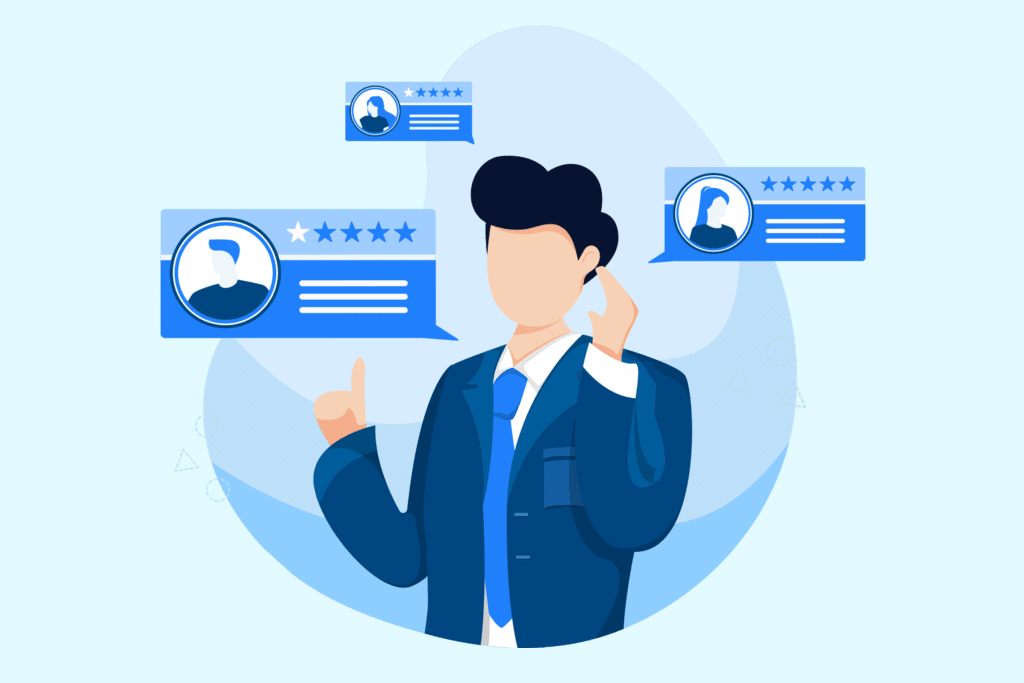
Patients can discuss treatment options or diagnoses with their doctors via real-time communication like messages and video calls. In case of emergency, patients can connect with on-site physicians.
5. Telemedicine Options
To monitor and treat chronic conditions, doctors feel that telemedicine is an effective medium than that of the regular short-duration one-on-one conversation.
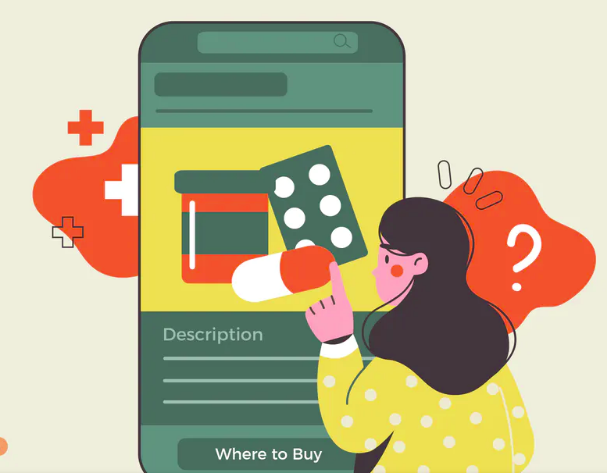
For problems like eye infections, bruises, skin problems, and related ailments, an in-person examination can be replaced with photo-based consultation. Telemedicine will help patients to get answers on symptoms, choose preferred doctors from the list, and many more.
6. Electronic Medical or Healthcare Records (EMR/EHR)
This important feature is meant for both doctors and patients. EHR helps them access all health records in a single space. EMR helps in identifying and managing a patient’s record, demographics, list of problems and medications, clinical documents, present-care plans, patient-specific instructions, guidelines, and protocols. Medical imaging scans can be used to extend the usability of the EHR feature.
7. Reminders & Notifications
This feature keeps your user up-to-date on their prescriptions, intake of medicines, appointment reminders, pill reminders, and many more. Users can set these notifications and reminders as per time and location.
3. Privacy, Security, and Compliance Research
When you develop a healthcare app, always consider privacy & data security regulations. It differs from country to country. If you are creating a healthcare app for specific geographic locations, check different laws and regulations.
As healthcare mobile apps deal with sensitive personal data, an app developer must adhere to many regulations and guidelines strictly.
Some of them include Human Interface Guidelines for CareKit and HealthKit for Apple, Android.os.health documentation, IEC 62304, ISO27001, SOC2 Type 2, MFi Program, GDPR, etc.
Related Read: 5 Growth Strategies For On-Demand Health Apps
4. Decide Which Platform and Device Support to Choose
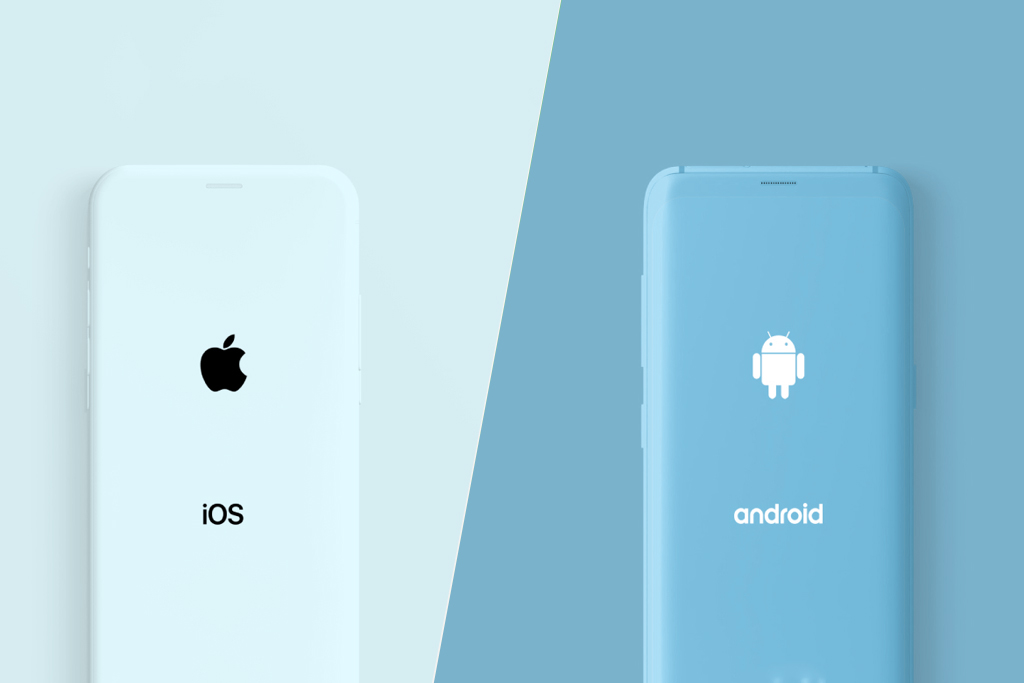
The success of a healthcare application depends upon the correct platforms, operating systems, and supported devices. The choice of the right device support, like smartphones, tablets, smartwatches, smart speakers, and desktops, help your target audience to access your app easily and instantly. To maximize the reach of your app, you can build native applications on both iOS and Android platforms.
5. Create Simple, Scalable, & Sustainable Design
The design of mobile healthcare applications should be simple, scalable, and sustainable.
- Try to use models and frameworks done by others and make modifications in that part where it is needed. It becomes easier to add elements for customization and branding when the framework is established.
- It is better to avoid multiple interfaces or entry points, especially when you have to access other data points. This will be particularly helpful for scheduling platforms or EHR.
- Daily routine or workflow shouldn’t be adversely affected. That’s why it should be seamless to integrate with other portals/apps.
- The design of a healthcare app should be done in such a way that a dynamic interface can be used for adding upgrades and new services. This will help to promote the sustainability and scalability of the application.
- Your healthcare app should be able to get upgrades easily. Otherwise, the users will abandon the app, if it looks out-of-date and fails to cope up with the increasing demand of the user.
As it is very tough to lure back users in this highly competitive healthcare app market, configure the app to get upgrades easily. With an easy upgrade facility, your healthcare app will become scalable and will be able to meet the increased needs of users.
6. Prototyping
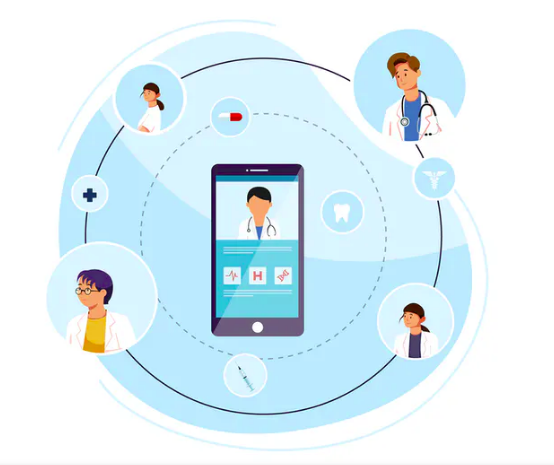
Don’t throw yourself into healthcare app development and start coding. Every line of code written costs you money. Create a virtual prototype first. It should have all the medical features.
A prototype looks and works on your phone just like the real app. A/B testing can be carried on the prototype to check whether all the features are working fine on a phone. If there is any flaw in the design, it is much cheaper to fix on a prototype than during development.
7. APIs & Integration
Most healthcare apps deal with patient data. When you integrate your application with Google Fit, Healthkit, and Samsung Health, they work as data hubs, which help to keep the vitals of the user.
You may also go for integration with other services to attract newbies and modern power users. You could integrate:
- Google AI
- IBM AI
- Microsoft AI
- AR
- VR
- IoT
It is important for you to check whether the APIs you are integrating are available for commercial use. You should also see whether you have to use open-source code after usage.
8. Security Checking by Experts
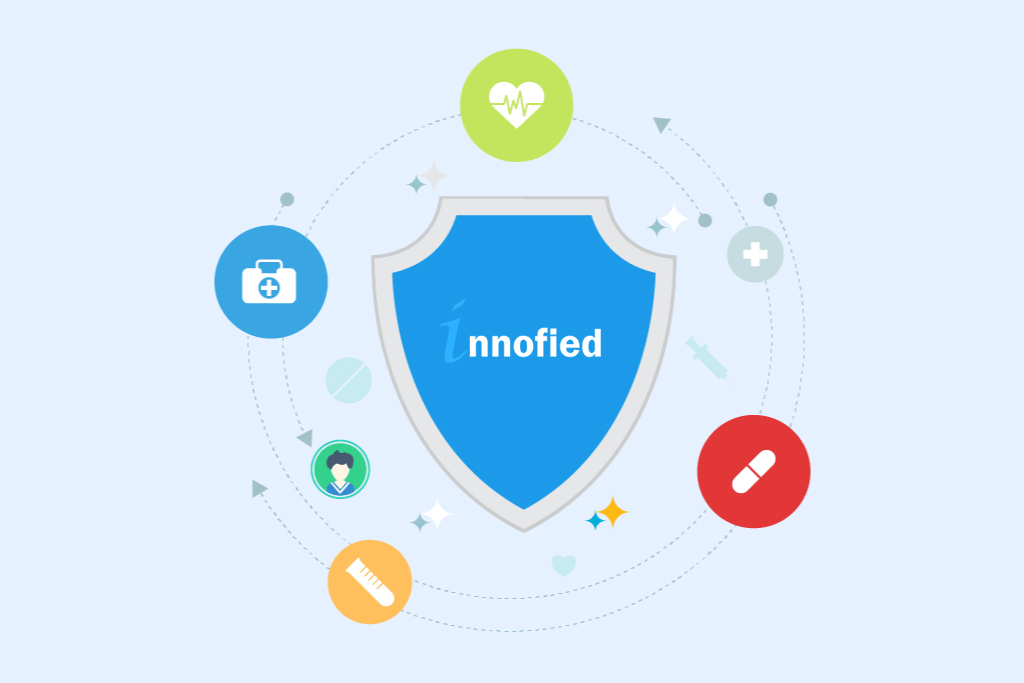
Data security is the most important aspect of a healthcare app and a developer must make it a priority while developing the app. You may use the app wrapping method to apply security policies after the mHealth app has been compiled.
Incorporate the following to provide your user with the highest level of mobile app security:
- Government-level data encryption
- Corporate authentication requirements for sign-on
- Self-updating apps
- App expiration policies enable a healthcare application for a predetermined amount of time. This is especially helpful for health workers who access mHealth apps for many healthcare institutions.
The healthcare app provider must address the privacy and security concerns of its target audience. Also, consult with experts or third-party security companies for extra tests and ascertain that the healthcare app is safe and secure.
9. Make it Accessible & Ask for User Feedback
The best way to know whether your healthcare app is working fine is to integrate a customer feedback system. You may use solutions such as UserVoice or UserTesting to enable customer feedback systems. Once it is in place, monitor the user reviews in the app stores and resolve the issues to improve user experience.
Related Read: How To Win Millennial Customers With Your On Demand App?
Map Out The Road To Success With The Best Healthcare App

Whether you are a healthcare mobile app entrepreneur, doctor, medical professional, or someone who runs a hospital/wellness center, you should grab this opportunity. Offer your users a mobile app that bridges the yawning gap between the users and healthcare services.
Healthcare startups are understanding this pain of the patients. That’s why they are simplifying the process of healthcare services by offering user-friendly healthcare apps. These apps enable users to connect easily with a wide range of healthcare services. Some of the successful apps that are democratizing the healthcare system and offering affordable and easily accessible health services are Medici, Insight Optics, Babylon, etc.
The success of a healthcare app is judged by the value it brings into the healthcare system. Will the app improve the patient’s experience and outcomes? Will it help in reducing overall healthcare costs?
When you are developing a healthcare app, your goal should be to close the yawning gap between the expectations of the evolving consumers and the delivered product.
Finding the right app development company to develop/manage a healthcare app is strenuous work. It should ultimately increase patients’ overall health and also increase the efficiency of the organization.
Innofied develops robust mobile solutions for the health and fitness industry. Their end-to-end healthcare app development solution provides improved clinical outcomes, user satisfaction, quality care, and clinical efficiency. To find out how Innofied will develop a healthcare app and help you leverage your healthcare organization, get in touch with our mobile app development experts today.


